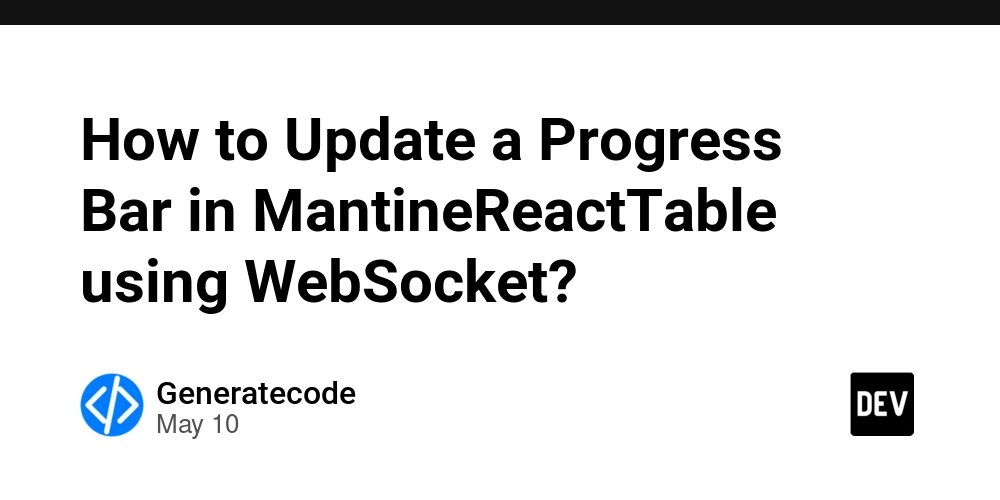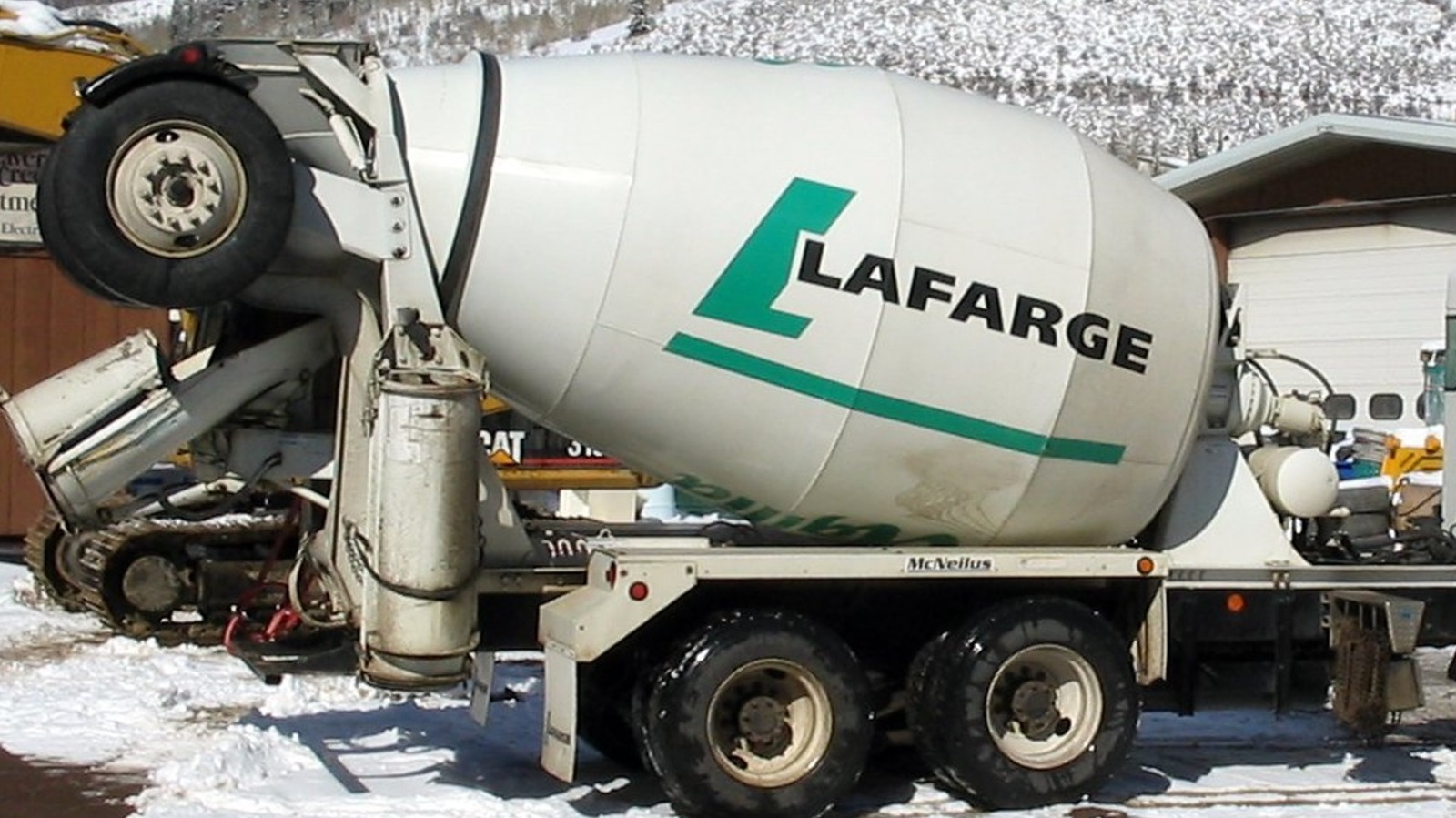The only 7 Projects That Makes You Better at Docker
Docker isn’t just about running containers. It’s about understanding how systems work, why things break, and what to do next. Most tutorials give you commands to copy paste. This guide gives you projects to learn from, backed by theory and real-world context. By the end, I’ll share a secret most Docker experts won’t tell you a way to master it faster. Let’s start. 1. Build a Multi-Container App with Docker Compose Modern apps rely on multiple services (like a web server, API, and database). Docker Compose orchestrates these services, handling networking and dependencies. Without it, you’d manually start each container and connect them a recipe for errors. The Code: # docker-compose.yml version: '3' services: web: image: nginx:alpine ports: - "80:80" depends_on: - api api: image: node:18 command: sh -c "npm install && node server.js" volumes: - ./api:/app working_dir: /app Learn how services communicate (e.g., web talks to api via Docker’s internal network). This mimics real-world microservices. 2. Shrink Your Image Size with Multi-Stage Builds Docker images can bloat with build tools and dependencies. Multi-stage builds separate the build environment (where you compile code) from the runtime environment (where you run it). This keeps images small and secure. The Code: # Dockerfile # Stage 1: Build FROM golang:1.21 as builder WORKDIR /app COPY . . RUN go build -o myapp # Stage 2: Runtime FROM alpine:latest WORKDIR /root/ COPY --from=builder /app/myapp . CMD ["./myapp"] A 1.5GB image vs. a 15MB image? The smaller images mean faster deployments and fewer security risks. 3. Debug a “Frozen” Container Containers can hang due to resource limits, deadlocks, or misconfigurations. Debugging requires inspecting processes, logs, and resource usage inside the container. The Code: # Start a container that "freezes" docker run -d --name broken-container my-broken-app # Shell into it to investigate docker exec -it broken-container /bin/sh # Check processes, logs, or network ps aux tail -f /var/log/app.log Real-world Docker isn’t just about running containers—it’s fixing them when they fail. 4. Set Up a CI/CD Pipeline with Docker CI/CD automates building, testing, and deploying code. Docker ensures consistency between environments (your laptop vs. production). The Code: # .github/workflows/docker.yml (GitHub Actions) name: Build and Push on: [push] jobs: build: runs-on: ubuntu-latest steps: - name: Checkout code uses: actions/checkout@v4 - name: Build Docker image run: docker build -t my-app:${{ github.sha }} . - name: Push to Docker Hub run: | docker login -u ${{ secrets.DOCKER_USER }} -p ${{ secrets.DOCKER_PASS }} docker push my-app:${{ github.sha }} Automation catches errors early and ensures your Dockerized app works everywhere. 5. Create a Custom Network for Microservices Docker’s default network lets containers communicate freely, which can be insecure. Custom networks isolate services, control traffic, and improve performance. The Code: # Create a custom network docker network create my-network # Run containers on the same network docker run -d --name service1 --network my-network my-service1 docker run -d --name service2 --network my-network my-service2 Prevent unauthorized access between containers (e.g., your database shouldn’t talk to the frontend directly). 6. Secure a Container with User Permissions By default, containers run as root, which is risky. Creating non-root users reduces attack surfaces if a container is compromised. The Code: # Dockerfile FROM node:18-alpine RUN addgroup -S appgroup && adduser -S appuser -G appgroup USER appuser COPY --chown=appuser:appgroup . /app WORKDIR /app CMD ["node", "index.js"] Limit damage if a hacker exploits your container. 7. Deploy a Containerized App with Docker Swarm Orchestration tools like Docker Swarm manage scaling, rolling updates, and failovers. While Kubernetes is popular, Swarm is simpler for learning the basics. The Code: # Initialize a Swarm docker swarm init # Deploy a service docker service create --name web --replicas 3 -p 80:80 nginx:alpine # Scale up docker service scale web=5 Learn how to handle outages and traffic spikes—critical for production apps. The Secret Most Tutorials Won’t Tell You Completing projects is just the start. The real mastery comes from repetition and tackling increasingly complex tasks. Most learners stop after basic projects. Experts keep going. They practice- Debugging distributed systems, Optimizing images for niche use cases, Automating edge-case scenarios. But

Docker isn’t just about running containers. It’s about understanding how systems work, why things break, and what to do next.
Most tutorials give you commands to copy paste.
This guide gives you projects to learn from, backed by theory and real-world context.
By the end, I’ll share a secret most Docker experts won’t tell you a way to master it faster. Let’s start.
1. Build a Multi-Container App with Docker Compose
Modern apps rely on multiple services (like a web server, API, and database).
Docker Compose orchestrates these services, handling networking and dependencies. Without it, you’d manually start each container and connect them a recipe for errors.
The Code:
# docker-compose.yml
version: '3'
services:
web:
image: nginx:alpine
ports:
- "80:80"
depends_on:
- api
api:
image: node:18
command: sh -c "npm install && node server.js"
volumes:
- ./api:/app
working_dir: /app
Learn how services communicate (e.g., web talks to api via Docker’s internal network). This mimics real-world microservices.
2. Shrink Your Image Size with Multi-Stage Builds
Docker images can bloat with build tools and dependencies.
Multi-stage builds separate the build environment (where you compile code) from the runtime environment (where you run it).
This keeps images small and secure.
The Code:
# Dockerfile
# Stage 1: Build
FROM golang:1.21 as builder
WORKDIR /app
COPY . .
RUN go build -o myapp
# Stage 2: Runtime
FROM alpine:latest
WORKDIR /root/
COPY --from=builder /app/myapp .
CMD ["./myapp"]
A 1.5GB image vs. a 15MB image?
The smaller images mean faster deployments and fewer security risks.
3. Debug a “Frozen” Container
Containers can hang due to resource limits, deadlocks, or misconfigurations.
Debugging requires inspecting processes, logs, and resource usage inside the container.
The Code:
# Start a container that "freezes"
docker run -d --name broken-container my-broken-app
# Shell into it to investigate
docker exec -it broken-container /bin/sh
# Check processes, logs, or network
ps aux
tail -f /var/log/app.log
Real-world Docker isn’t just about running containers—it’s fixing them when they fail.
4. Set Up a CI/CD Pipeline with Docker
CI/CD automates building, testing, and deploying code.
Docker ensures consistency between environments (your laptop vs. production).
The Code:
# .github/workflows/docker.yml (GitHub Actions)
name: Build and Push
on: [push]
jobs:
build:
runs-on: ubuntu-latest
steps:
- name: Checkout code
uses: actions/checkout@v4
- name: Build Docker image
run: docker build -t my-app:${{ github.sha }} .
- name: Push to Docker Hub
run: |
docker login -u ${{ secrets.DOCKER_USER }} -p ${{ secrets.DOCKER_PASS }}
docker push my-app:${{ github.sha }}
Automation catches errors early and ensures your Dockerized app works everywhere.
5. Create a Custom Network for Microservices
Docker’s default network lets containers communicate freely, which can be insecure.
Custom networks isolate services, control traffic, and improve performance.
The Code:
# Create a custom network
docker network create my-network
# Run containers on the same network
docker run -d --name service1 --network my-network my-service1
docker run -d --name service2 --network my-network my-service2
Prevent unauthorized access between containers (e.g., your database shouldn’t talk to the frontend directly).
6. Secure a Container with User Permissions
By default, containers run as root, which is risky. Creating non-root users reduces attack surfaces if a container is compromised.
The Code:
# Dockerfile
FROM node:18-alpine
RUN addgroup -S appgroup && adduser -S appuser -G appgroup
USER appuser
COPY --chown=appuser:appgroup . /app
WORKDIR /app
CMD ["node", "index.js"]
Limit damage if a hacker exploits your container.
7. Deploy a Containerized App with Docker Swarm
Orchestration tools like Docker Swarm manage scaling, rolling updates, and failovers.
While Kubernetes is popular, Swarm is simpler for learning the basics.
The Code:
# Initialize a Swarm
docker swarm init
# Deploy a service
docker service create --name web --replicas 3 -p 80:80 nginx:alpine
# Scale up
docker service scale web=5
Learn how to handle outages and traffic spikes—critical for production apps.
The Secret Most Tutorials Won’t Tell You
Completing projects is just the start. The real mastery comes from repetition and tackling increasingly complex tasks.
Most learners stop after basic projects. Experts keep going. They practice-
- Debugging distributed systems,
- Optimizing images for niche use cases,
- Automating edge-case scenarios.
But where do you find those tasks?
This is why I built Master Docker - 350+ Practical Tasks.
It’s not another theory-heavy course. It’s a hands-on task bank that forces you to solve real problems, like -
- “Migrate a legacy app to Docker without downtime,”
- “Harden a container’s security against zero-day exploits,”
- “Design a self-healing microservice architecture.”
These are the tasks DevOps teams actually face.
Your Next Move
You’ve built 7 projects. Now ask yourself:
- Can you debug a Swarm cluster losing 50% of its nodes?
- Can you optimize a multi-stage build for a 10x performance boost?
If not, you’re leaving skill gains on the table.
Why Wait?
The difference between a beginner and an expert isn’t talent—it’s practice.
Start closing that gap today.











































































































































































![[The AI Show Episode 146]: Rise of “AI-First” Companies, AI Job Disruption, GPT-4o Update Gets Rolled Back, How Big Consulting Firms Use AI, and Meta AI App](https://www.marketingaiinstitute.com/hubfs/ep%20146%20cover.png)



























































































































![[FREE EBOOKS] Offensive Security Using Python, Learn Computer Forensics — 2nd edition & Four More Best Selling Titles](https://www.javacodegeeks.com/wp-content/uploads/2012/12/jcg-logo.jpg)



![Ditching a Microsoft Job to Enter Startup Purgatory with Lonewolf Engineer Sam Crombie [Podcast #171]](https://cdn.hashnode.com/res/hashnode/image/upload/v1746753508177/0cd57f66-fdb0-4972-b285-1443a7db39fc.png?#)






























































































































































































































-xl.jpg)













![As Galaxy Watch prepares a major change, which smartwatch design to you prefer? [Poll]](https://i0.wp.com/9to5google.com/wp-content/uploads/sites/4/2024/07/Galaxy-Watch-Ultra-and-Apple-Watch-Ultra-1.jpg?resize=1200%2C628&quality=82&strip=all&ssl=1)













![Beats Studio Buds + On Sale for $99.95 [Lowest Price Ever]](https://www.iclarified.com/images/news/96983/96983/96983-640.jpg)

![New iPad 11 (A16) On Sale for Just $277.78! [Lowest Price Ever]](https://www.iclarified.com/images/news/97273/97273/97273-640.jpg)








































![Apple's 11th Gen iPad Drops to New Low Price of $277.78 on Amazon [Updated]](https://images.macrumors.com/t/yQCVe42SNCzUyF04yj1XYLHG5FM=/2500x/article-new/2025/03/11th-gen-ipad-orange.jpeg)



![[Exclusive] Infinix GT DynaVue: a Prototype that could change everything!](https://www.gizchina.com/wp-content/uploads/images/2025/05/Screen-Shot-2025-05-10-at-16.07.40-PM-copy.png)






![T-Mobile discontinues a free number feature but a paid alternative exists [UPDATED]](https://m-cdn.phonearena.com/images/article/170235-two/T-Mobile-discontinues-a-free-number-feature-but-a-paid-alternative-exists-UPDATED.jpg?#)













































 thecloudarchitect.gumroad.com
thecloudarchitect.gumroad.com



